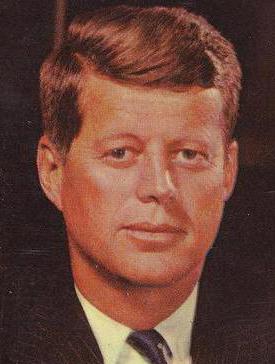At WiseGEEK, we're committed to delivering accurate, trustworthy information. Our expert-authored content is rigorously fact-checked and sourced from credible authorities. Discover how we uphold the highest standards in providing you with reliable knowledge.
What is the Civil Rights Movement?
The civil rights movement may refer to several events, political actions, protests, and campaigns throughout the world that worked toward equality among certain peoples, but it most often refers to the civil rights movement in the United States. Most of the events associated with the civil rights movement took place between 1950 and the early 1990s, though the struggle for equal rights has continued throughout the decades. African-Americans struggled for equal rights throughout these decades, and several key leaders and events took place during these years to promote and ultimately accomplish equal rights, though struggles still remain.
Leaders such as Martin Luther King, Jr. were pivotal to the success and drive of the civil rights movement. He worked to end discrimination against African-Americans in the United States, particularly in the Deep South where racism was deep-seated. The civil rights movement also aimed to allow suffrage among African-Americans. King's methods involved peaceful, non-violent protests and fiery speeches meant to rally the masses. His influence was pivotal to the partial success of the movement, though he was assassinated before being able to reap most of the benefits himself.

While the movement primarily took place in the mid to late 20th century, the roots of the movement can be traced back to the Civil War and even much earlier. Slavery in the United States was common and accepted throughout the country's history, and African-Americans were granted little to no rights. During the Civil War, slaves were allowed to enlist in the Union Army, thereby granting them freedom from slavery. This caused a major rift in the country that persisted for more than a century, and although slaves were granted freedom, they still did not hold the same rights as white Americans.

Violence escalated with the prevalence of segregation, the separation between whites and blacks in society. African-Americans were not allowed to use the same bathrooms, water fountains, or even sections of public transportation as whites. Crimes against African-Americans escalated especially in the south, and desegregation only caused more inflammatory violence and rhetoric. The civil rights movement pressed on despite the violence, and eventually legislation was passed to abolish segregation and to ensure suffrage among African Americans. Schools that were previously deemed white-only now accepted African-American students. Discrimination in the workplace slowly began to dissipate, and controversial practices such as affirmative action were put in place to afford African-Americans equal opportunities for employment.
AS FEATURED ON:
AS FEATURED ON:














Discuss this Article
Post your comments